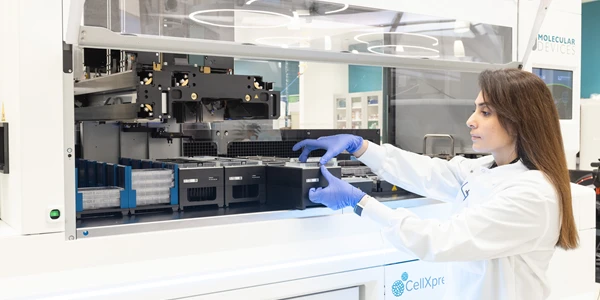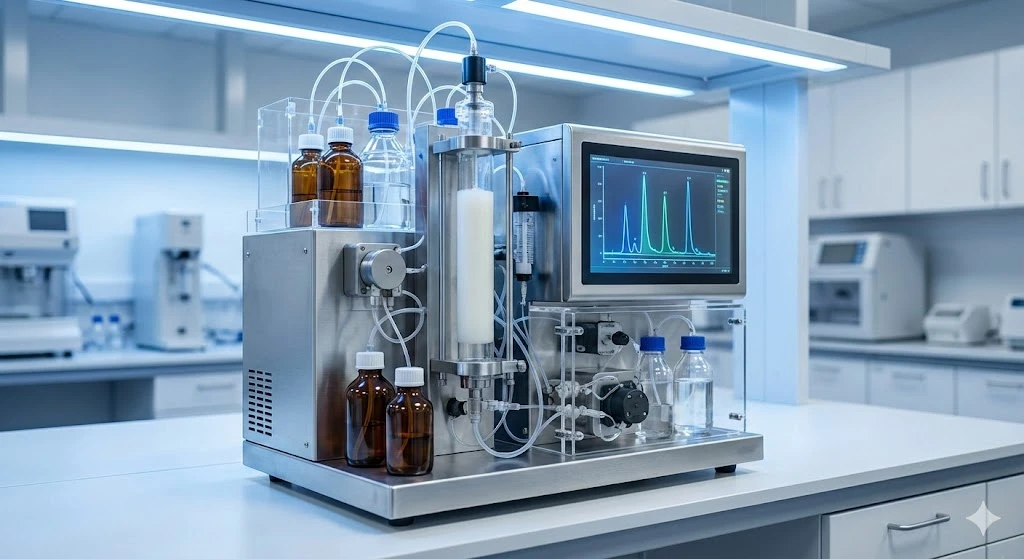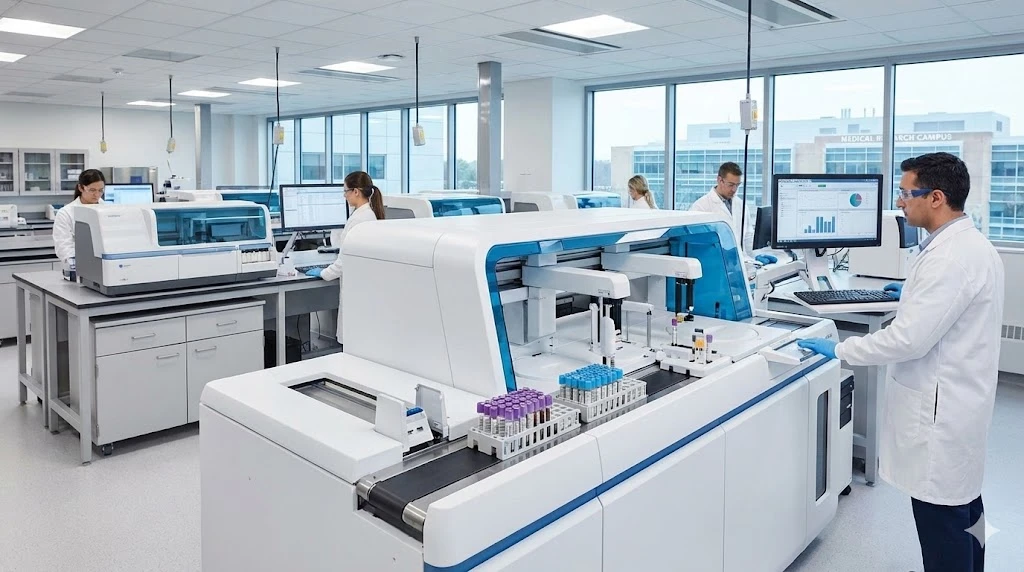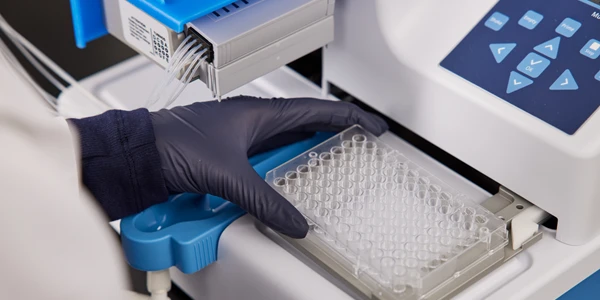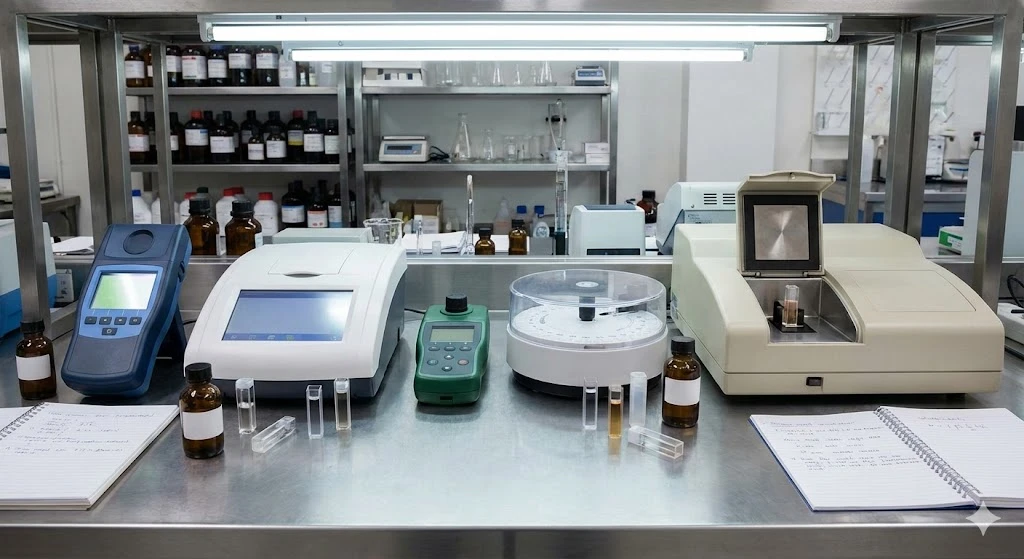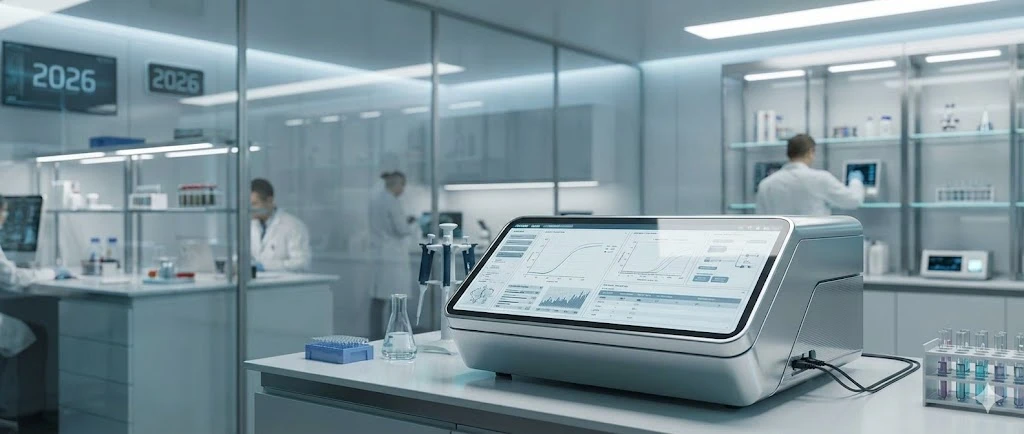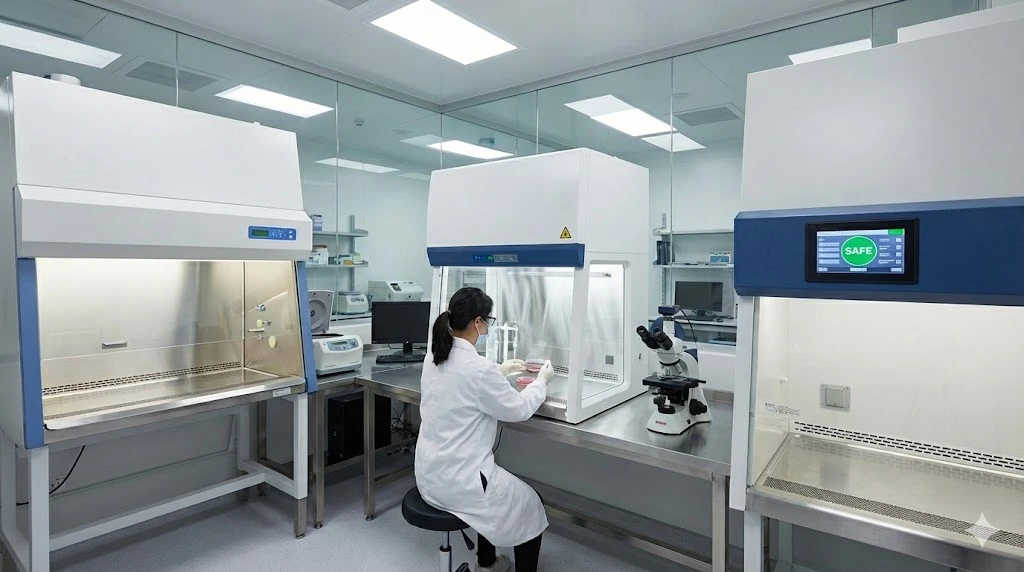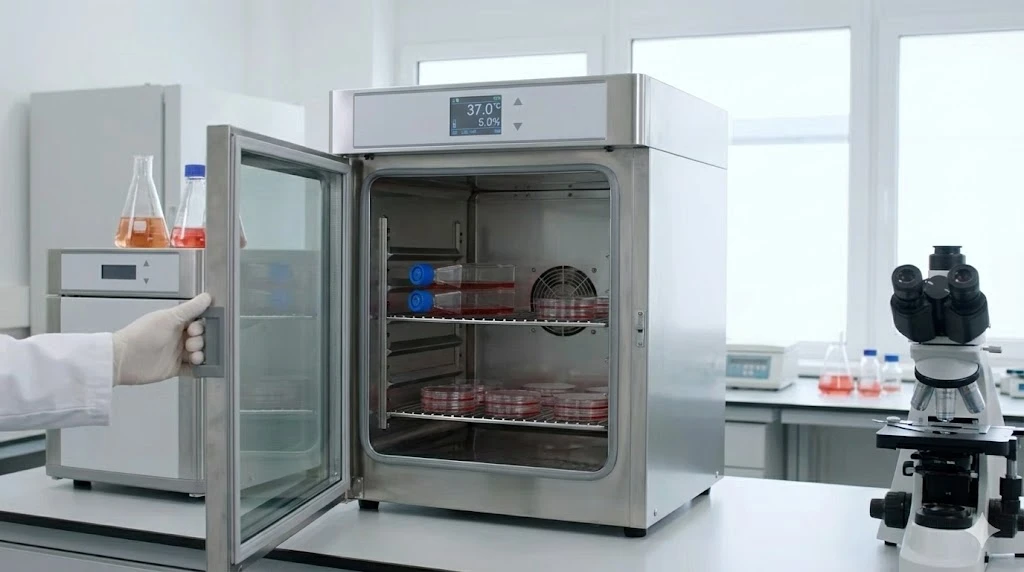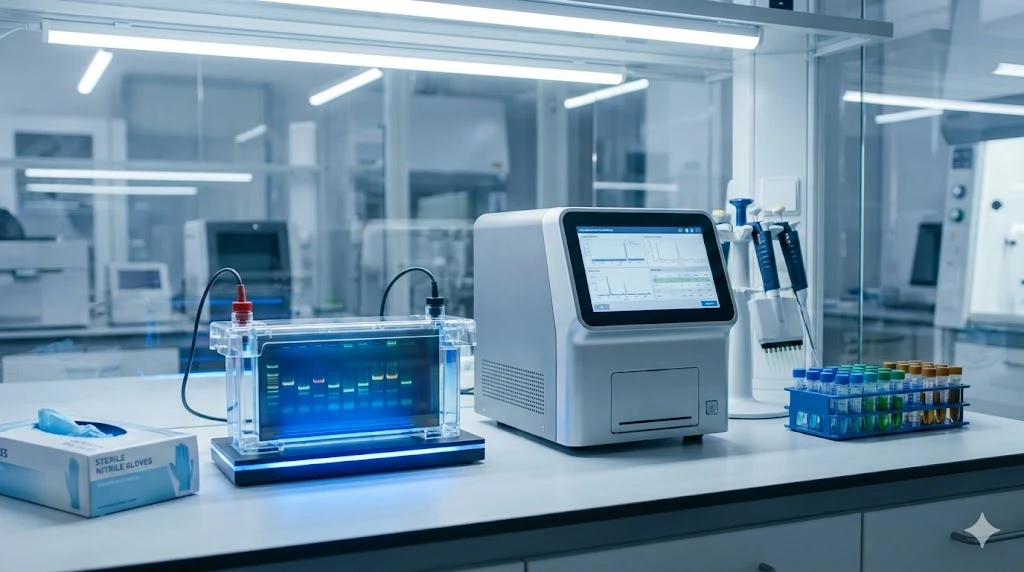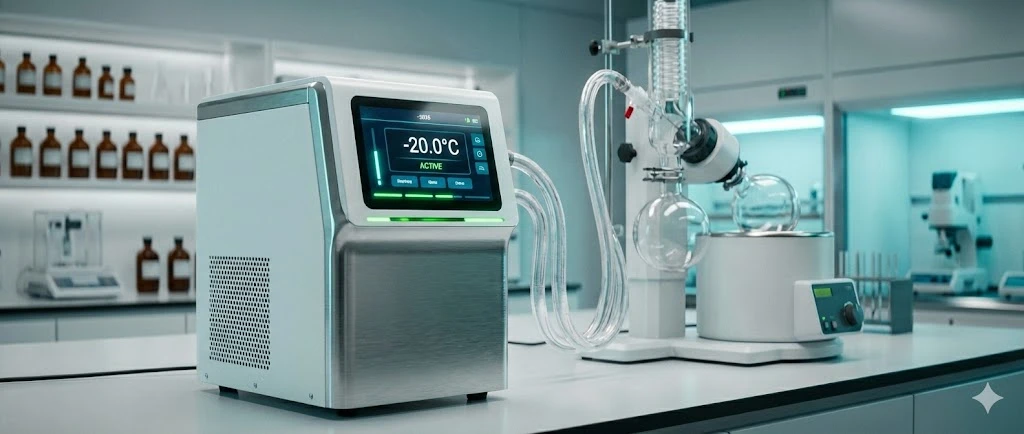FPLC vs. HPLC: Key Differences, Applications, and How to Choose the Right System
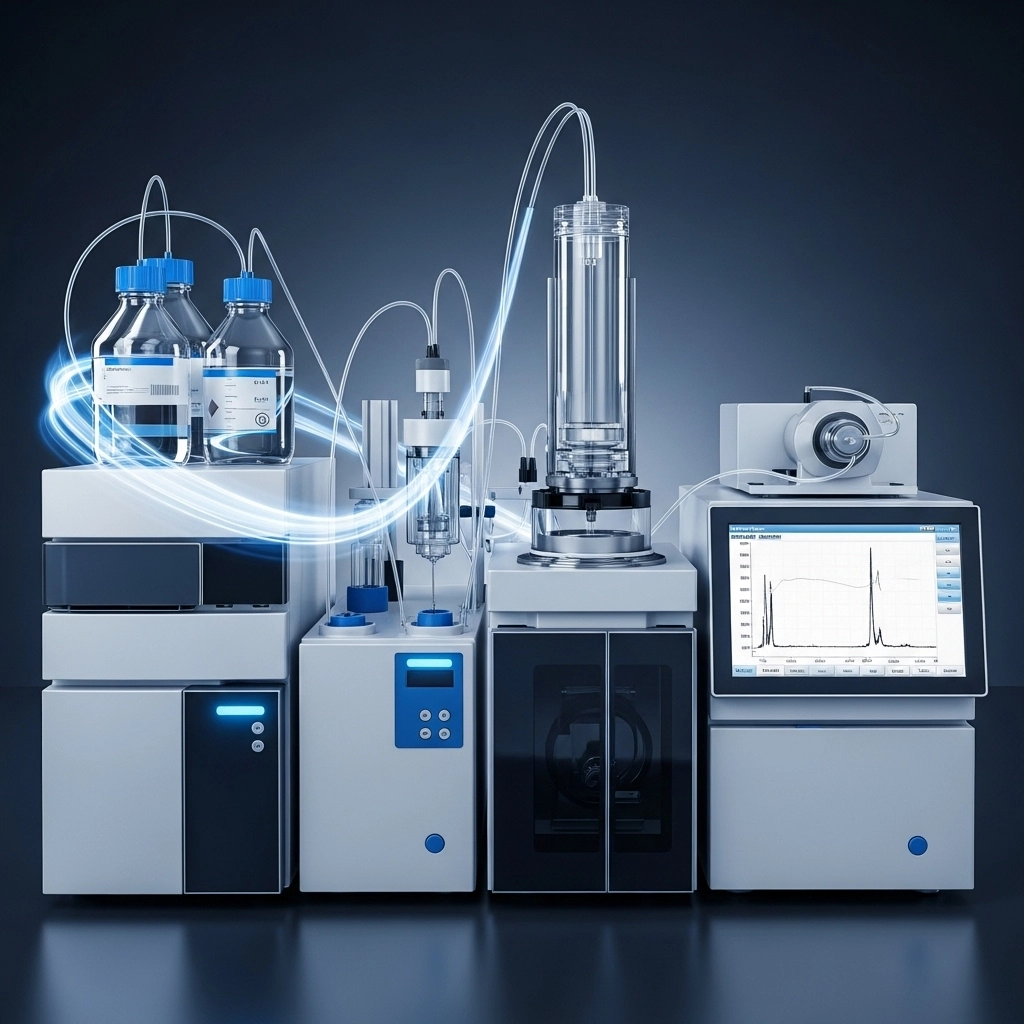
ImageFX (2025)
When it comes to separating biological molecules, two chromatography powerhouses dominate the field: Fast Protein Liquid Chromatography (FPLC) and High-Performance Liquid Chromatography (HPLC). While both techniques evolved from the same technological roots, their modern-day applications, hardware, and methods differ significantly.
Whether you're working with delicate biomolecules or analyzing robust small compounds, knowing which system suits your research can improve accuracy, yield, and efficiency. Here's a comprehensive guide to help you decide.
FPLC vs. HPLC: Target Molecule Compatibility
FPLC
Designed specifically for large, fragile biomolecules such as proteins, nucleotides, and peptides (typically >3 kDa).
Operates under low pressure and ambient temperature to maintain native protein structures.
Compatible with aqueous buffers and sensitive to solvents or heat.
HPLC
Best suited for small, stable molecules (e.g., drug compounds, metabolites) up to 3000 Da.
Tolerates high pressure and temperature, often using organic solvents.
Prioritizes solubility and precision over structural preservation.
| Feature | FPLC | HPLC |
|---|---|---|
| Molecule Size | >3 kDa | <3 kDa |
| Solvent Compatibility | Aqueous buffers only | Aqueous and organic solvents |
| Temperature Sensitivity | High | Low |
| Pressure Tolerance | Low | High |
Chromatography Media: FPLC vs. HPLC Column Resins
Another key difference lies in the column media:
FPLC uses agarose or polymer-based resins with large pores and particles.
Cannot withstand high pressure.
Sensitive to air bubbles, which can disrupt flow and integrity.
HPLC relies on silica-based beads with small particle sizes.
Highly pressure-resistant and stable.
Enables high-resolution separations even under extreme conditions.
Pro Tip: Always degas buffers in FPLC to avoid air bubble formation, which can compromise separation quality.
FPLC vs. HPLC Columns: Design and Durability
The physical design of columns also reflects the operational differences:
FPLC columns are typically made of glass, ideal for visual inspection and gentle conditions.
HPLC columns are constructed from stainless steel to withstand high-pressure operations.
| Feature | FPLC | HPLC |
| Column Material | Glass | Stainless Steel |
| Pressure Resistance | Low | High |
| Visual Monitoring | Yes | No |
Chromatographic Techniques in FPLC and HPLC
Both platforms support various chromatographic techniques, but they are tailored differently:
FPLC Methods:
Ion-exchange chromatography
Size-exclusion chromatography (gel filtration)
Affinity chromatography
Hydrophobic interaction chromatography
HPLC Methods:
Reversed-phase chromatography (most common)
Normal-phase chromatography
Ion-exchange chromatography
Size-exclusion chromatography
Partition and displacement chromatography
Use Case Tip: If your goal is to purify functional proteins from a cell lysate, FPLC’s low-pressure, high-volume setup is ideal. For separating small molecules with high precision, HPLC is the go-to.
Choosing FPLC or HPLC: System Architecture and Workflow
Each platform's system architecture is optimized for its intended tasks:
FPLC Systems (e.g., GE’s AKTA series):
Large sample loops for volume-heavy runs
Lower pressure pumps
Glass or polymer components
HPLC Systems (e.g., Agilent 1200, Waters, Shimadzu):
High-pressure precision pumps
Stainless steel fittings and injection ports
Smaller sample loops for concentrated analysis
Transitioning from analytical to preparative or process scale further accentuates these differences, especially in throughput and customization.
Final Thoughts on FPLC and HPLC
Ultimately, your choice between FPLC and HPLC depends on:
The size and sensitivity of your target molecules
Whether maintaining biological activity is critical
Solvent and temperature requirements
Throughput and sample complexity
Both platforms are indispensable in modern laboratories, each excelling in specific scenarios. Evaluate your research needs and select the system that aligns with your goals.
Explore chromatography systems, columns, and parts on LabX to find the right solution for your lab.
FAQ: FPLC vs. HPLC
1. Can HPLC be used for proteins?
Yes, but with limitations. Proteins can denature under high pressure and in organic solvents commonly used in HPLC.
2. Is FPLC better than HPLC?
Neither is inherently better; it depends on your analyte. Use FPLC for large, sensitive biomolecules and HPLC for small, stable compounds.
3. Why are FPLC columns made of glass?
Glass columns help visualize resin performance and are suitable for low-pressure operations required by sensitive biomolecules.
4. What are common applications of HPLC?
HPLC is widely used in pharmaceuticals, environmental testing, food safety, and chemical analysis to identify and quantify compounds.
